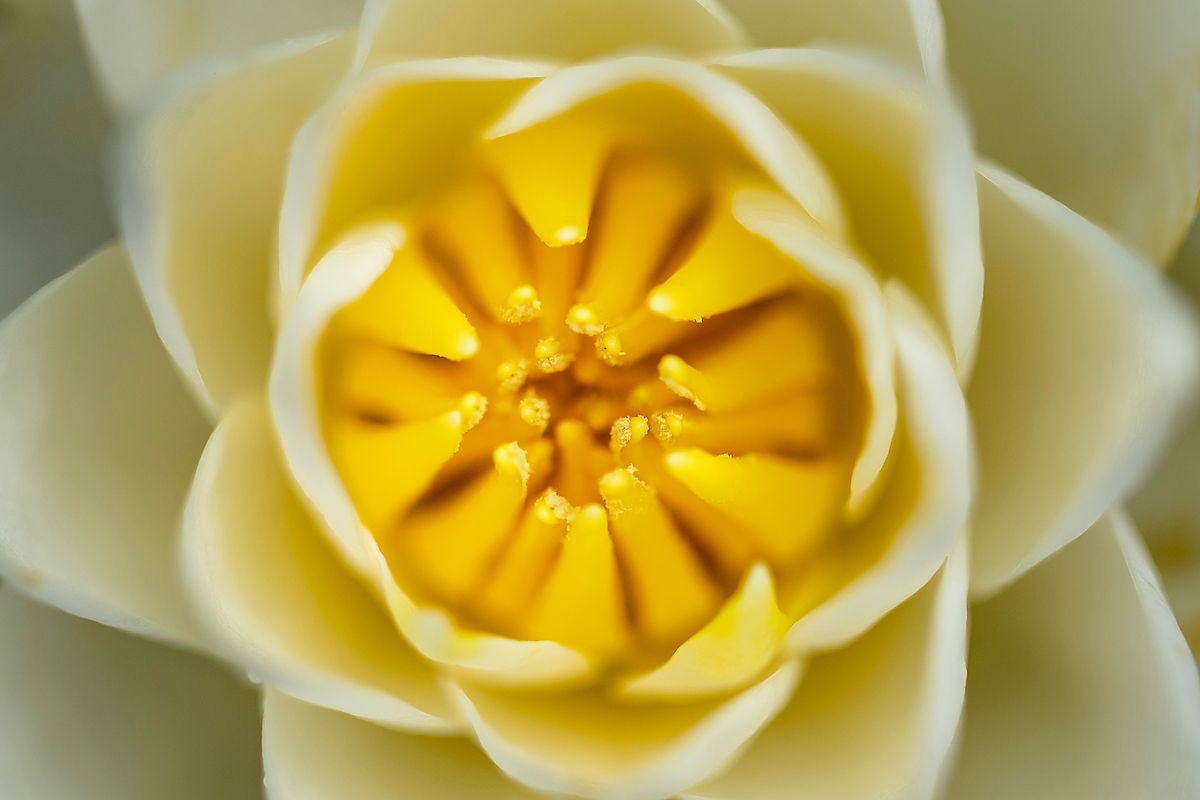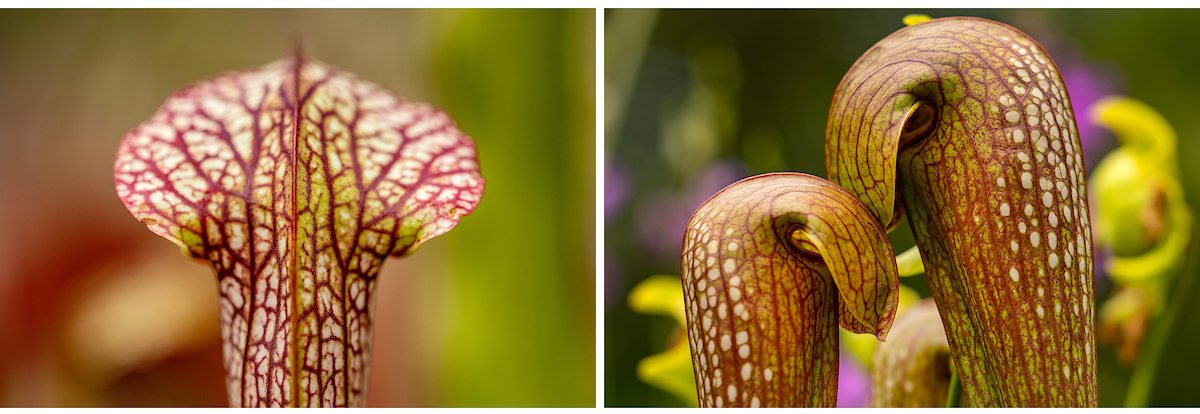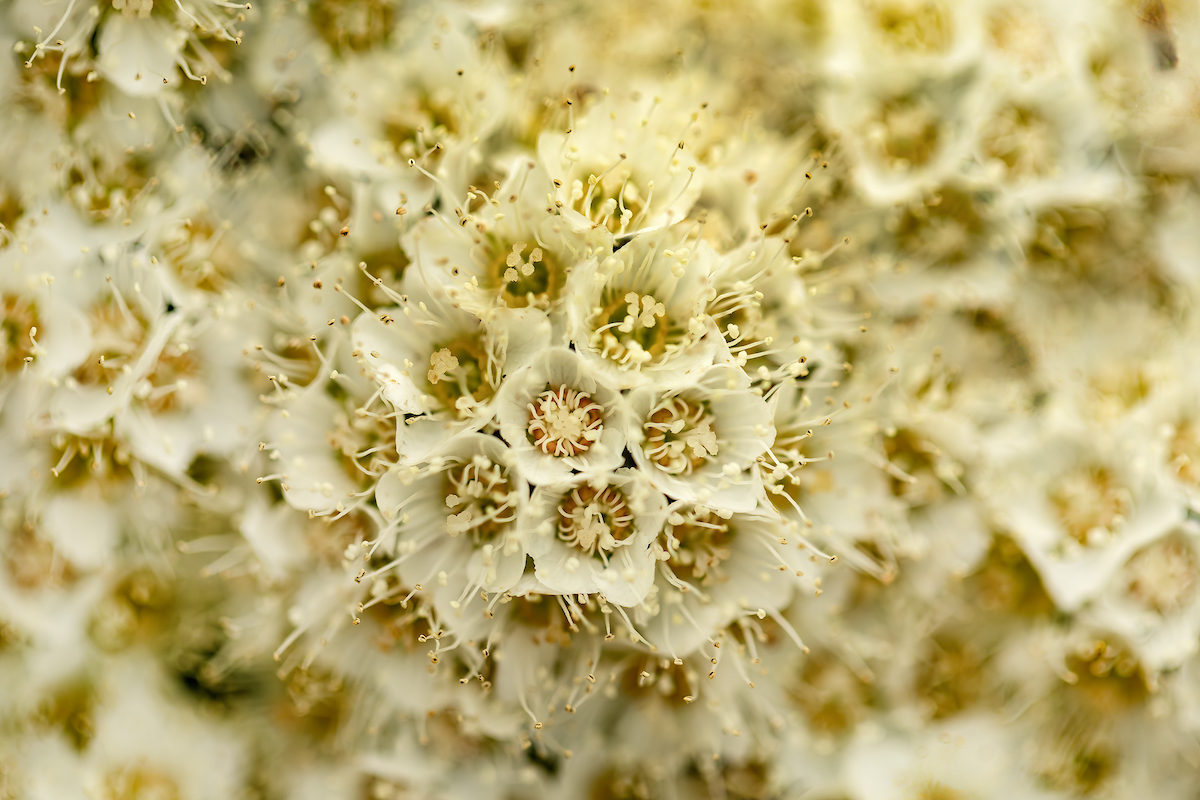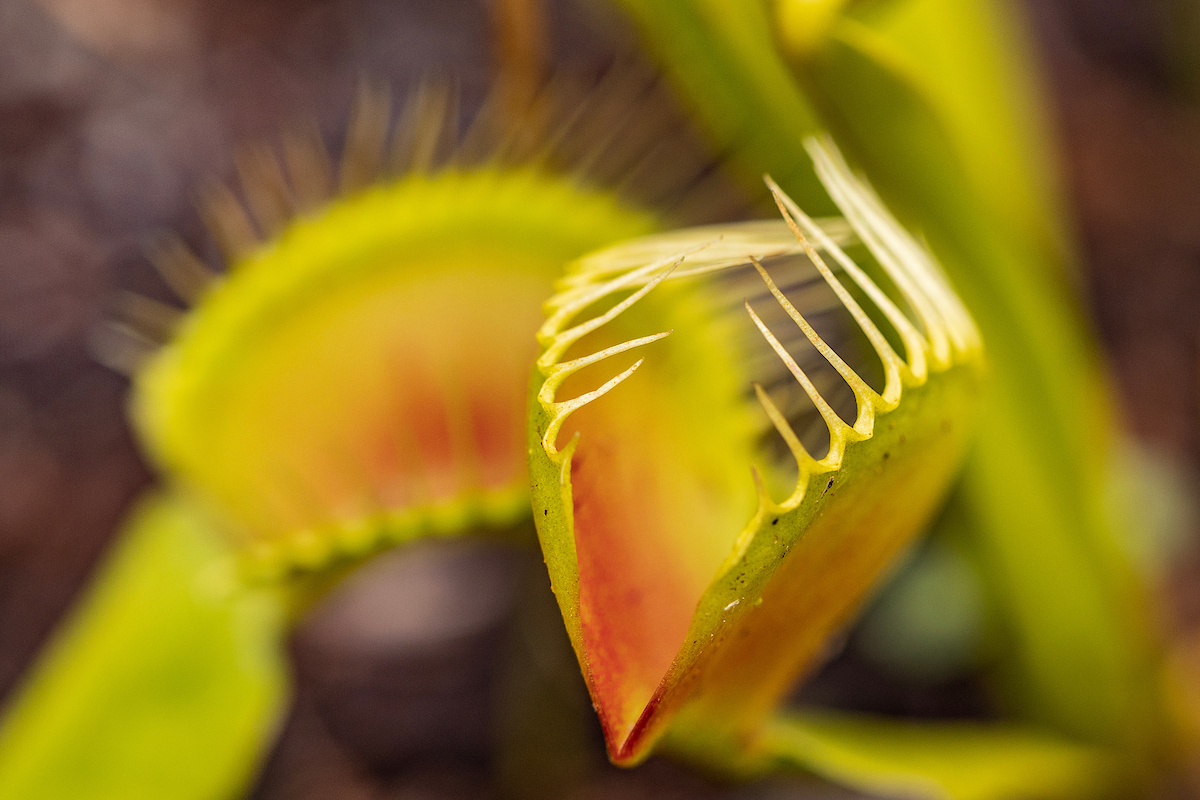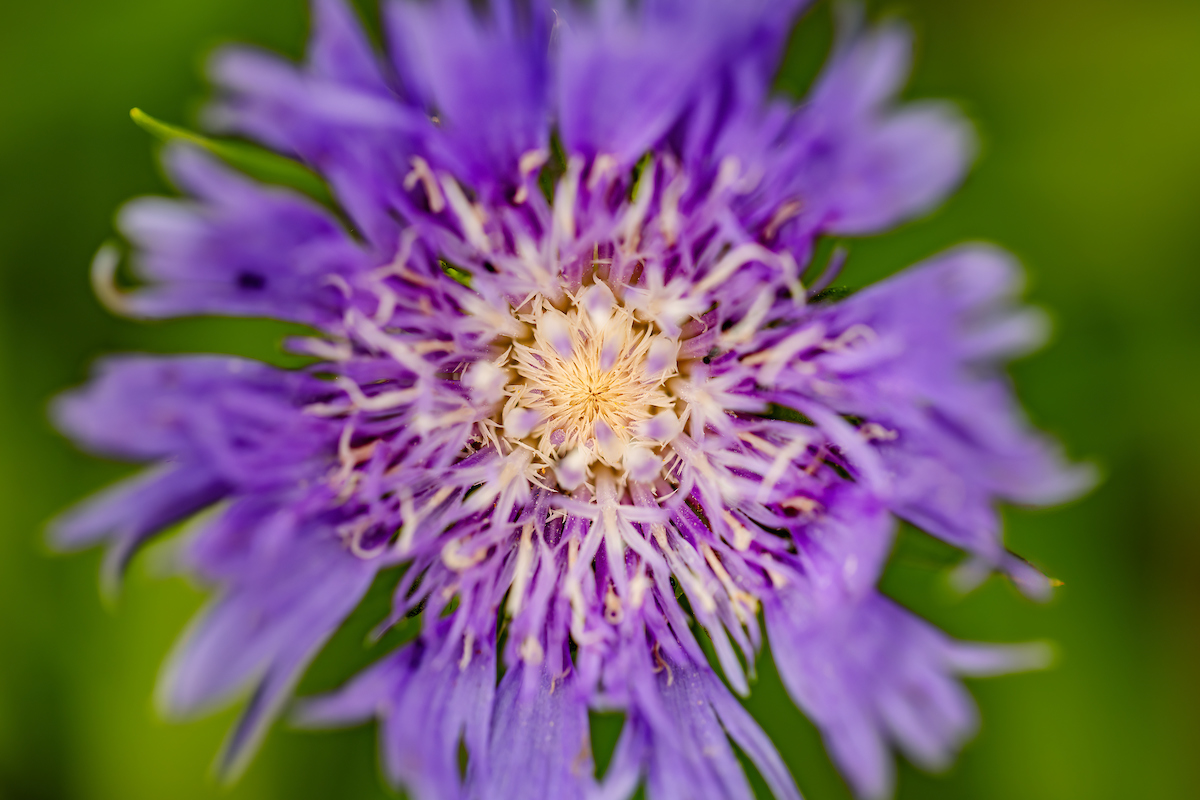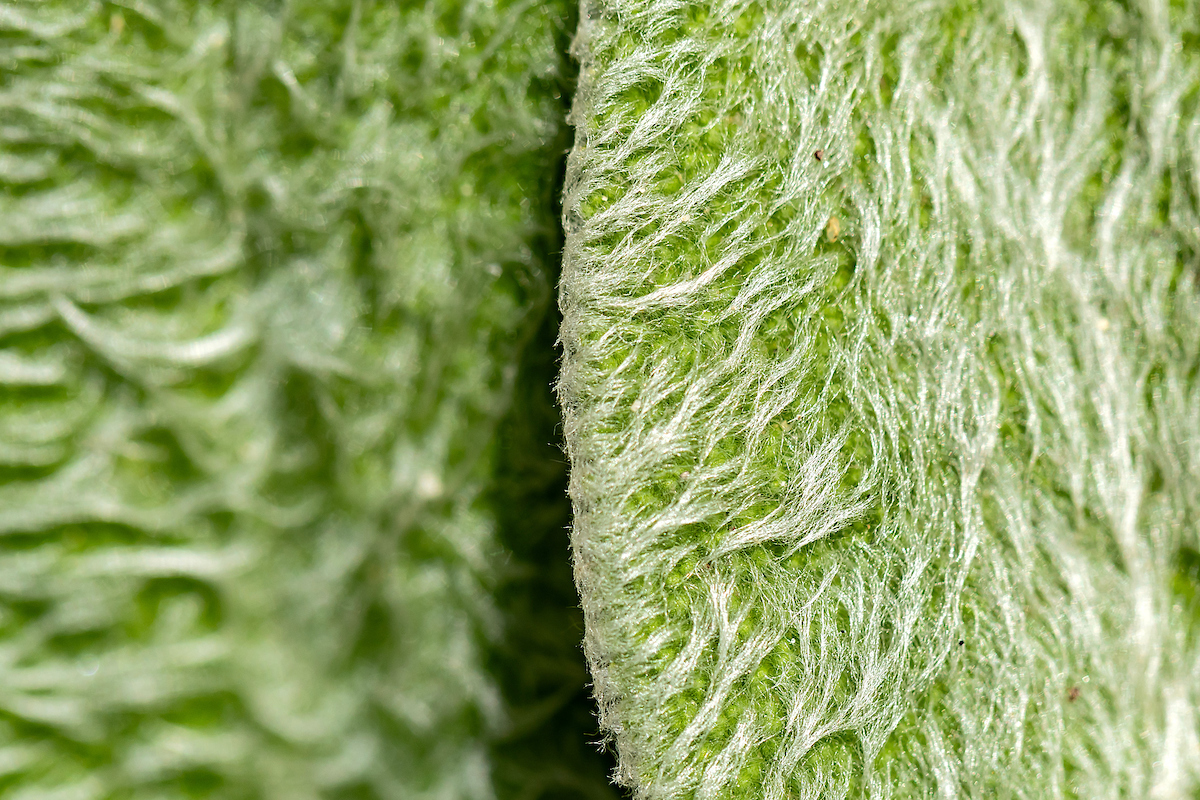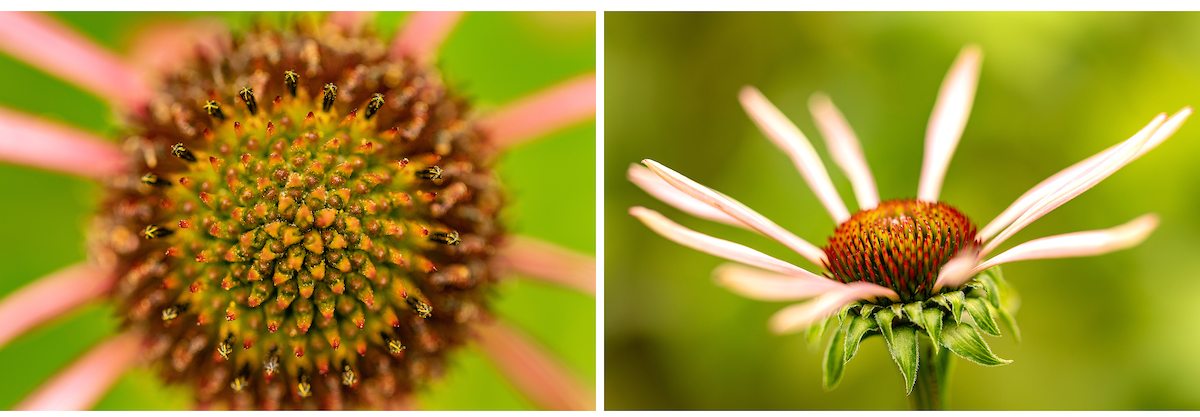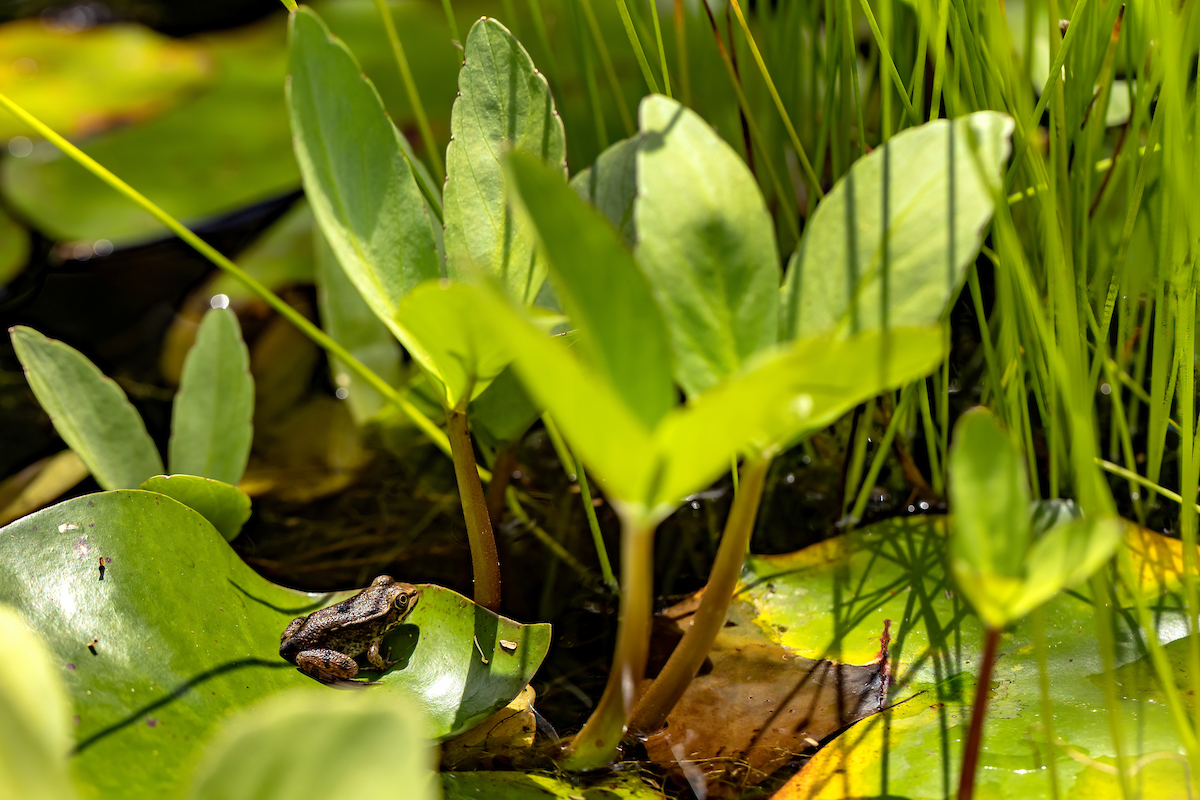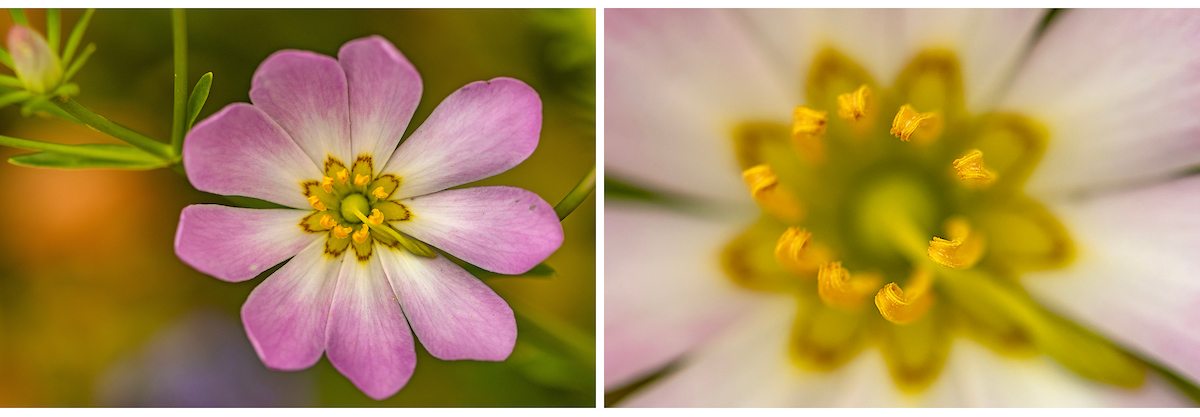By Johnny Andrews, University Communications
With blooming dogwoods in the spring, azaleas in the summer and yellowing Ginkgo trees in the fall, Carolina’s campus is known for its beauty year-round. But just a quick trip off of the main academic campus, Tar Heels can find another spot where nature is on full display.
The North Carolina Botanical Garden is home to display gardens and conservation areas that share and safeguard the plants of the southeastern United States. From a carnivorous plant collection to water gardens, the space aims to inspire understanding, appreciation and conservation of plants and to advance a sustainable relationship between people and nature.
No matter the season, the North Carolina Botanical Garden provides a serene spot to explore and learn.
With the garden in full bloom for the summer, University Photographer Johnny Andrews took a stroll through the various habitats and collections to explore all they have to offer the Carolina community.
